Dobele Castle
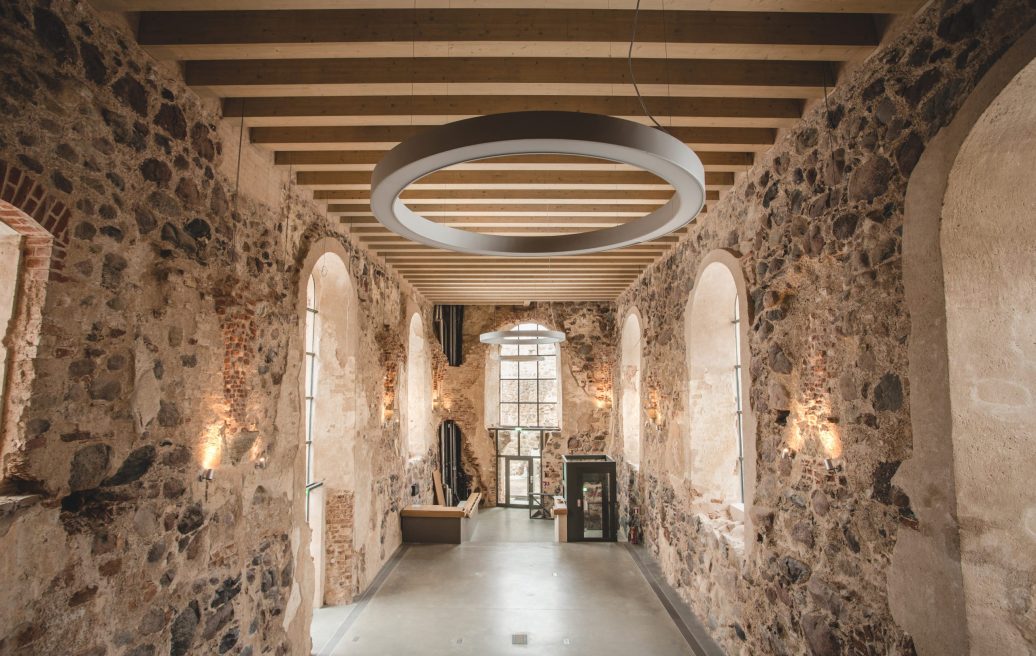
Description
Since the dawn of our era, a fortified wooden Semigallian castle has stood on Dobele Hillfort, with an ancient town surrounding it. As the Crusaders began their northward marches, Dobele’s citizens suffered repeated attacks. The castle was besieged several times and its territory was severely damaged, resulting in famine. In 1289, the Semigallians burned the wooden castle down to prevent it from falling into the enemy’s hands and set off for Lithuania.
Dobele thus became the territory of the Livonian Order. In 1335, the Order’s master Eberhard von Monheim ordered the construction of a stone castle on the previous fortress’ site. The new castle became the seat of the territory’s commanders, and soon after, local settlers flocked to the place again.
After the fall of Livonia, Dobele was incorporated into the newly established Duchy of Courland and Semigallia in 1561. The castle’s last commander Mathias (Thiess) von der Recke, refused to cede his domain to Duke Gotthard Kettler, which led to a military conflict between the two. As a result, the Duke took possession of Dobele and gave Jaunpils to von der Recke in return. Under Duke Jacob’s reign, the castle was the residence of the commandants – the chiefs of the garrison.
One of the castle’s most notable residents was Elisabeth Magdalena, the widow of Duke Friedrich Kettler, known throughout the area for her extensive knowledge of medicinal plants. During this period, the castle was actively improved, including erecting a church and creating a large orchard.
The Polish-Swedish War and the Great Northern War of the 17th-18th centuries damaged the castle severely, as did a plague epidemic in the early 18th century. It gradually lost its former role as a major centre, and in 1729, the castle was abandoned altogether. Its walls soon fell into ruins, with the local population using the stones to build their houses. In later centuries, as today, the castle square was used as a venue for cultural events.
Restoring the castle’s chapel took archaeologists, restorers, architects and builders more than two years. It was put into service in 2020 and is currently a multifunctional centre for culture, crafts and tourism development.
As the oldest and most important evidence of medieval cultural history in the region, the ruins and hillfort of Dobele Livonian Order Castle are among the most popular sights in Dobele municipality, attracting thousands of visitors every year.
Improvements made within the project
Originally, the Castle Chapel was built around 1335, and it has been the dominant building in the Castle complex ever since, preserving its appearance to the present day.
The construction works completed the archaeological survey and conservation of the site and constructed new infrastructure. The castle walls were first conserved, and critical damages were restored under the author’s supervision of Pēteris Blūms and a restoration specialist.
The functional division of the building foresees that:
1) the chapel has several entrances: the main entrance to the building through the historical opening on the west façade; two entrances through secondary openings on the south façade; a historical basement entrance on the north façade for staff use; entrance through an opening outside the territory of the ruins to a historical (non-original) staircase with exits on the 2nd floor and roof level of the east wing, intended to serve as an exhibit without permanent use.
2) the basement houses a visitors’ cloakroom, public corridors, visitors and staff bathrooms, a technical room, a built-in kitchen area, and an exhibition space in the eastern part of the basement.
3) 1st floor – exhibition space that functions also as seminar and conference hall (except for additional lighting in the central part of the room, which could seat 60 people);
4) 2nd floor – exhibition space with an open staircase in the eastern part;
5) roof level – an observation deck open to the public and technical rooms located in the middle under a gable roof. These technical rooms are used for gas heating and ventilation.
The construction works preserved the castle’s existing silhouette as a ruin: the upper ceiling and roof terrace are located between the walls of the castle’s two parts, and the new roof elements have not altered its overall visual appearance from a distance. Up close, the roof mostly remains concealed and can be noticed from certain angles only.
Investments – EUR 3,235,117.42
Of which:
ERDF funding – EUR 1,000,632
state budget grant – EUR 44,145.53
municipal funding – EUR 2,190,339.89
The project was implemented by Dobele Municipality Local Government.
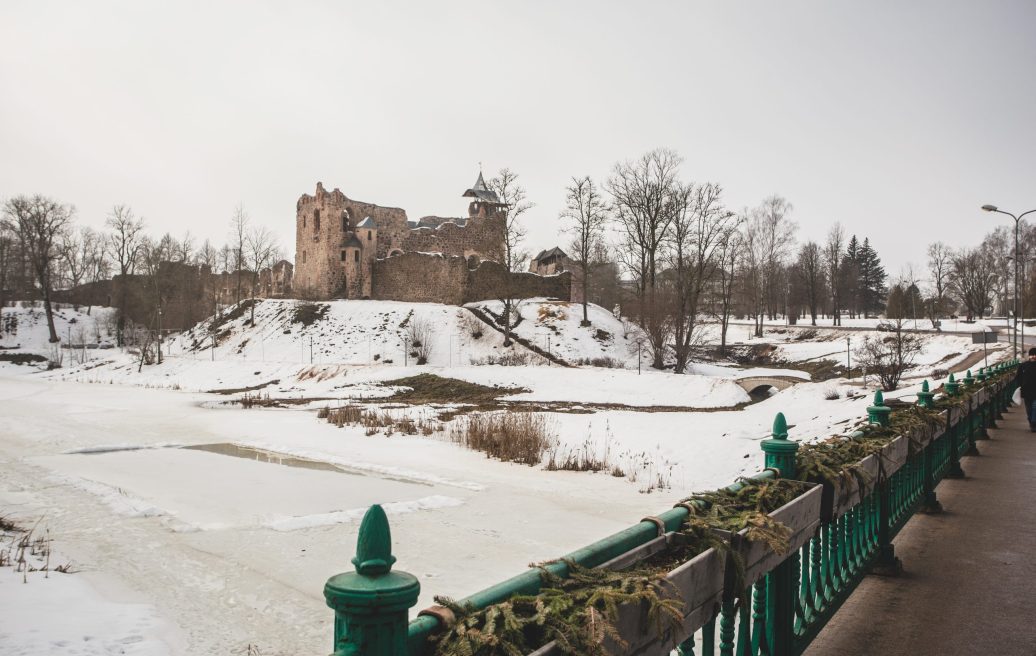
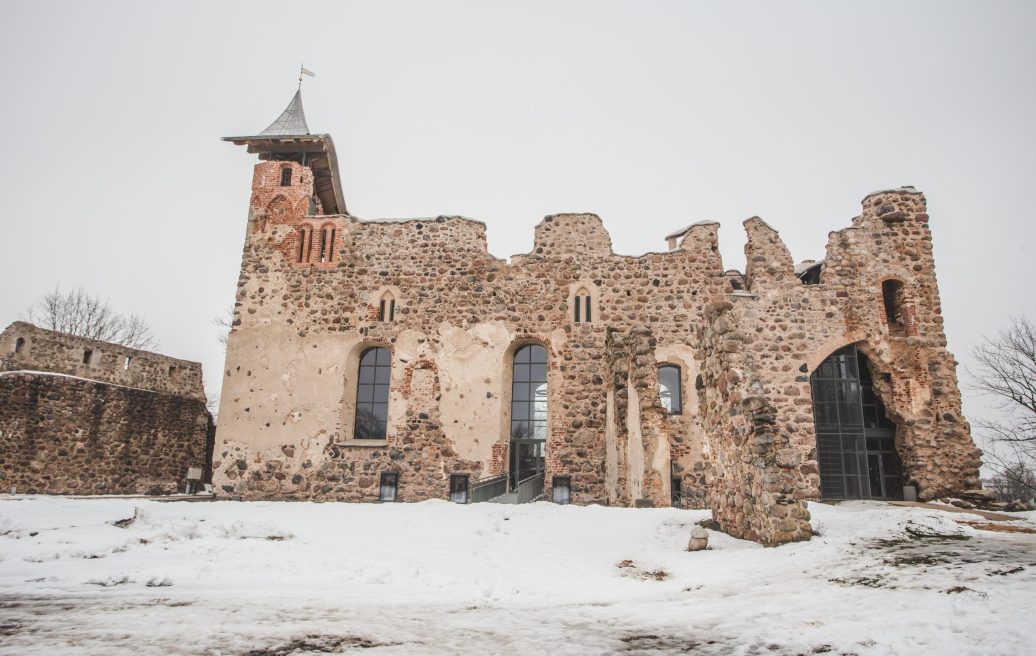
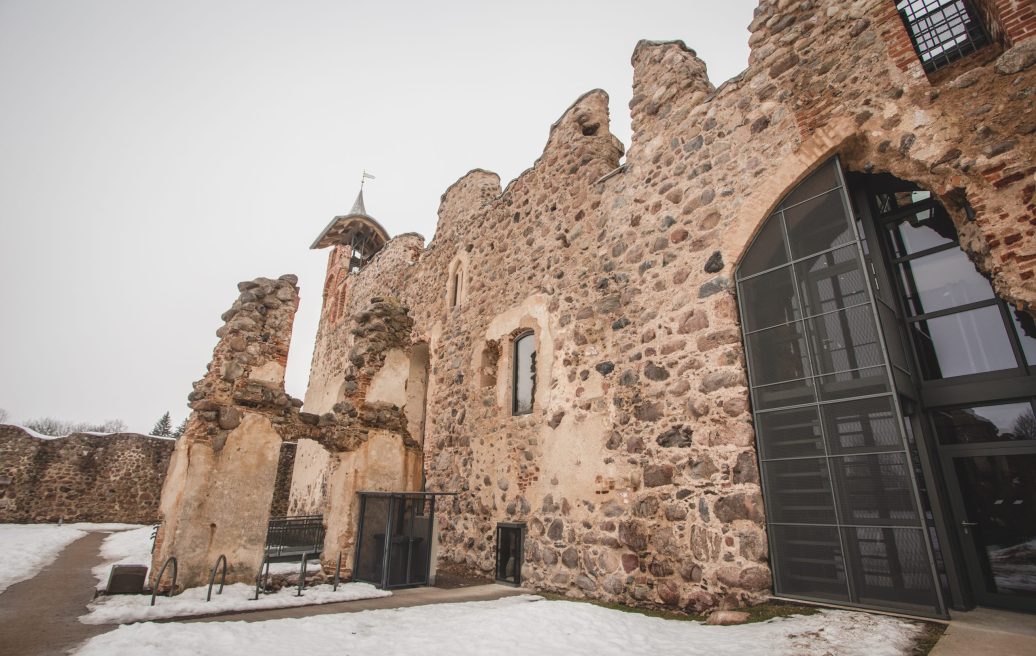
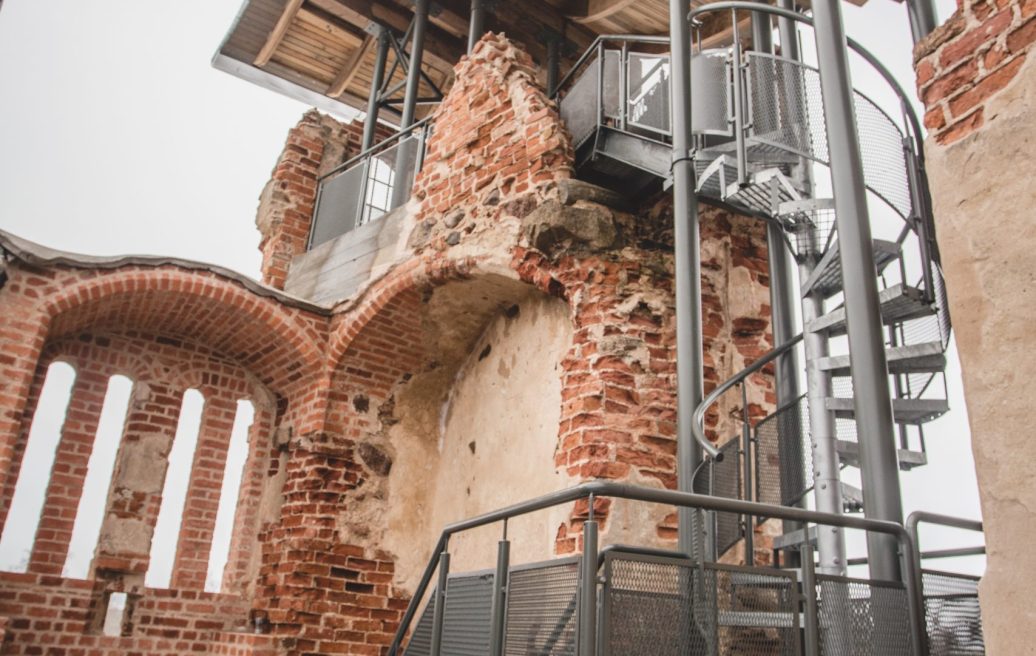
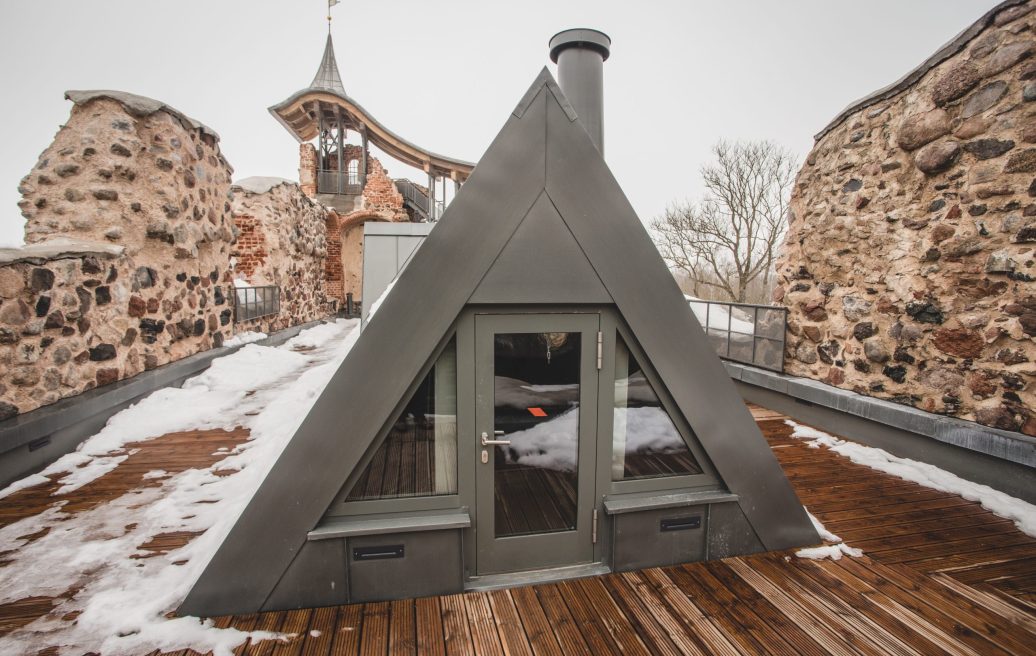

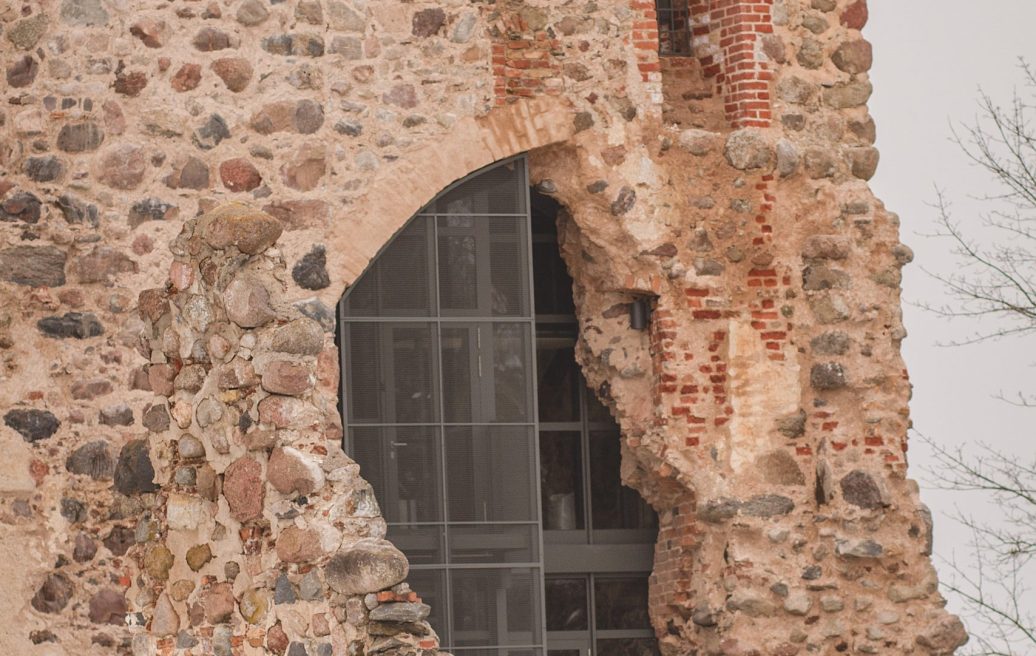
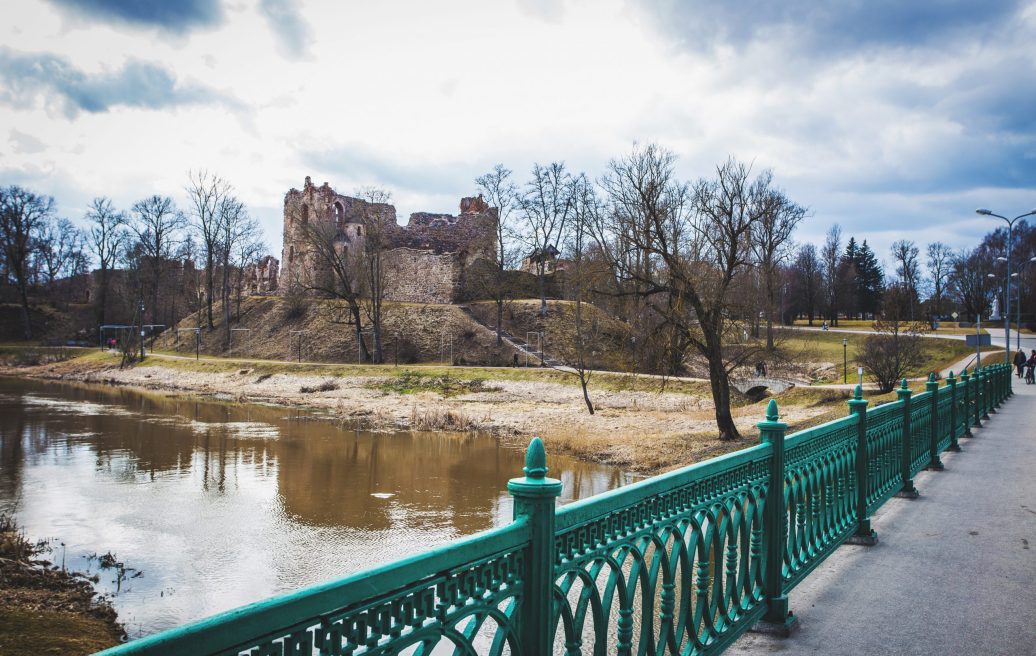
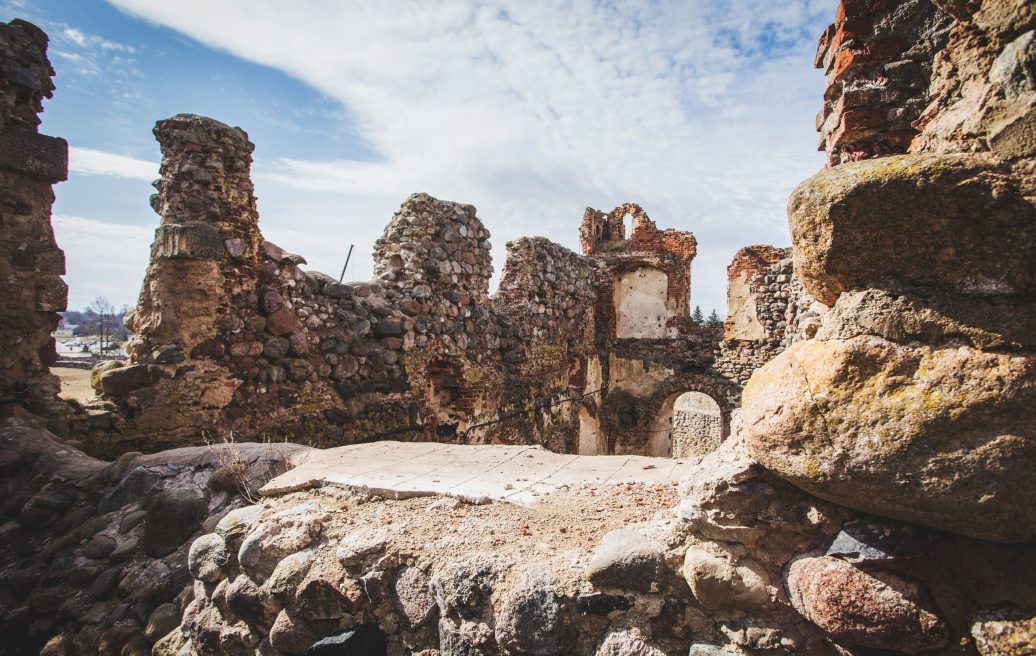
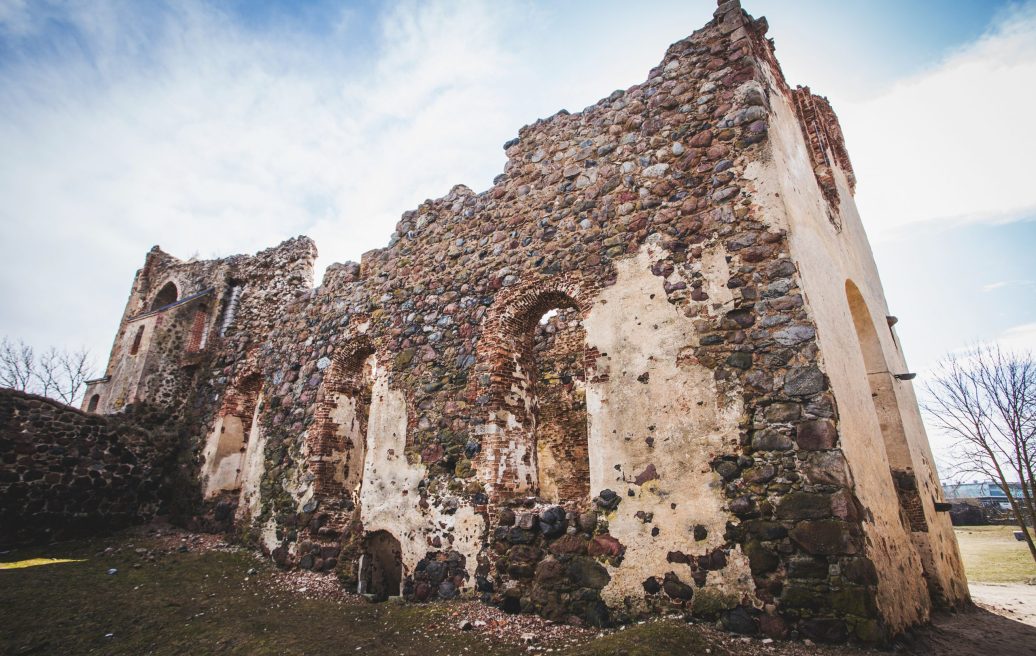
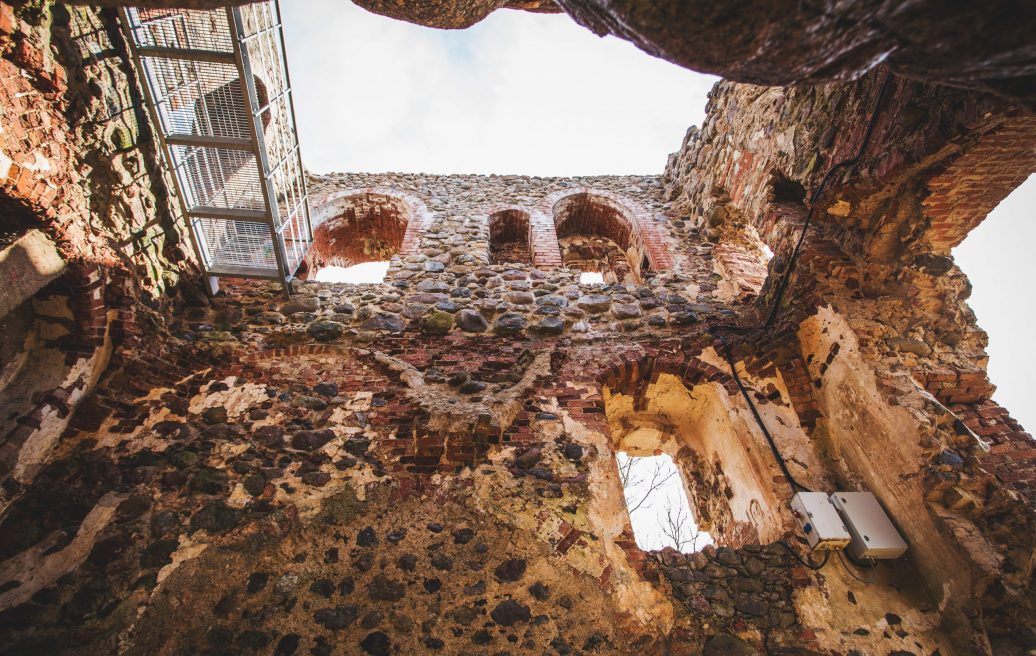
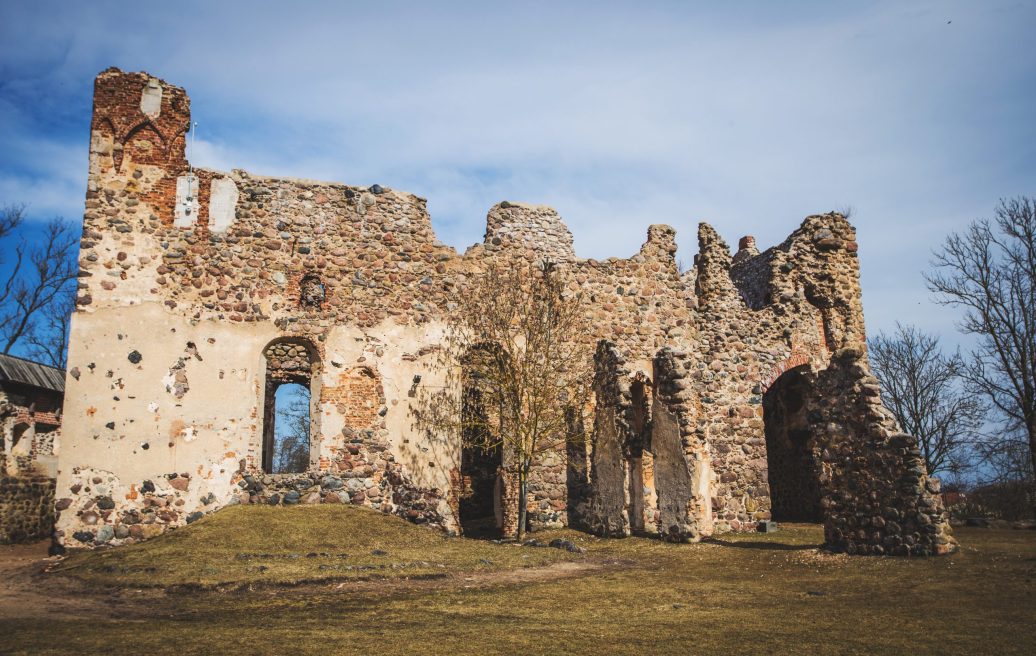
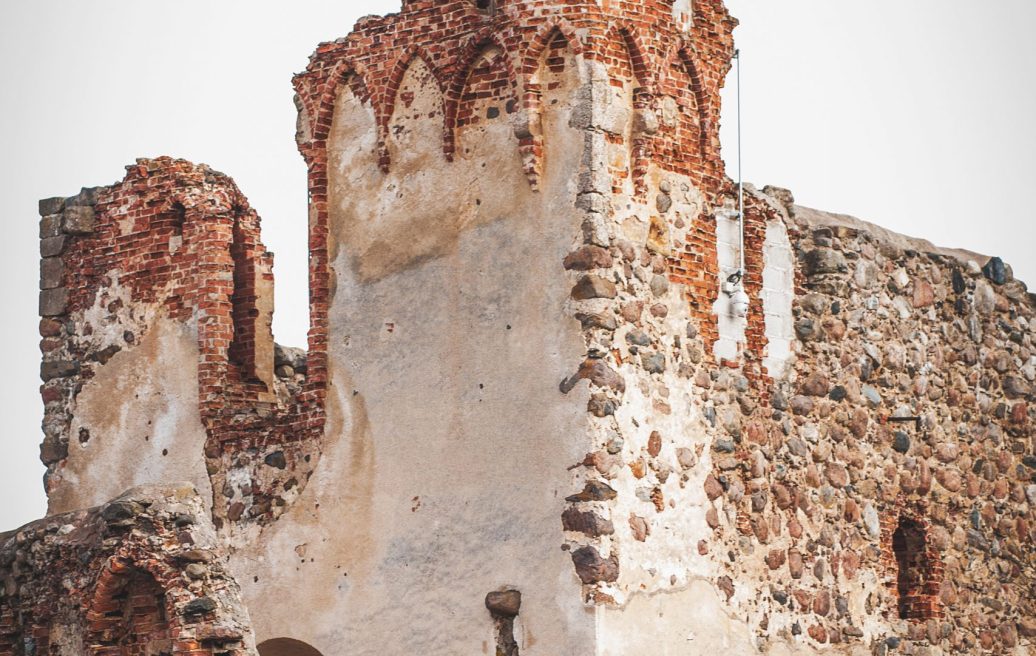
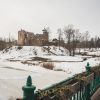
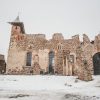
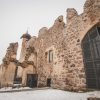
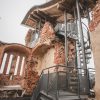
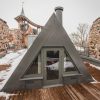
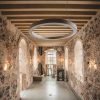
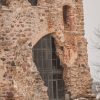
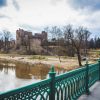
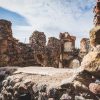
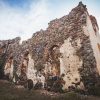
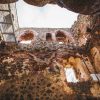


Address
Brīvības Street 2c, Dobele
Working time
15.05. – 15.09.
Monday – closed
Tuesday – Saturday 10.00 – 18.00
Sunday 11.00 – 16.00
(Entrance ticket sales stop 30 minutes before closing time. Tickets can be purchased at the Castle’s cash desk and www.aula.lv)
- 09. – 14.05.
Sunday, Monday – closed
Tuesday – Friday 10.00 – 18.00
Saturday 11.00 – 16.00
(Entrance ticket sales stop 30 minutes before closing time. Tickets can be purchased at the Castle’s cash desk and www.aula.lv)
Admission fee
- EUR 5.00 for adults
- EUR 3.00 for pupils, students, pensioners (with a valid certificates), for persons with group III disabilities (from the age of 19 years).
Free of charge
- For children up to 6 years of age
- For pensioners (from the age of 80 years)
- For persons with group III disabilities (up to 18 years of age)
- For persons with group I and II disabilities
- For a teacher who accompanies a group of preschool children or a group of pupils (up to 10 persons)
- For tour group guides (from the 15 persons)
EUR 10.00 Family ticket (2 adults and 1–3 children up to 16 years of age)
EUR 10.00 For group up to 5 persons
Guided tours of the castle exhibition for a group of 15 to 25 persons, till 1h), language:
LV EUR 20.00; RU, ENG EUR 30.00
Guided tours of the castle exhibition and the castle courtyard
for a group of 15 to 25 persons, till 1h), language:
LV EUR 25.00; RU, ENG EUR 35.00
Getting there
Access to the castle grounds is possible only on foot or by bicycle; accessibility for people with reduced mobility has been addressed. Parking near the castle is available. Public transport routes Rīga–Dobele; Rīga–Liepāja, as well as from other nearby towns.
